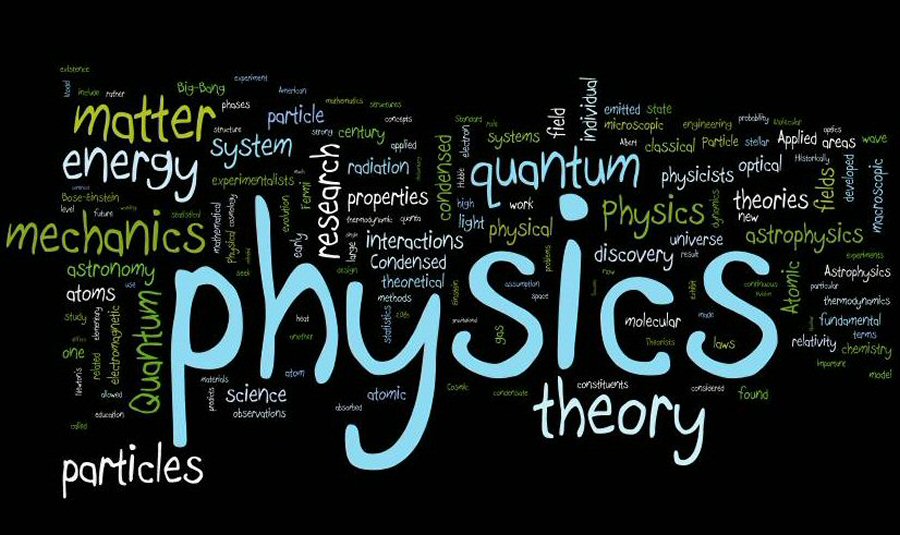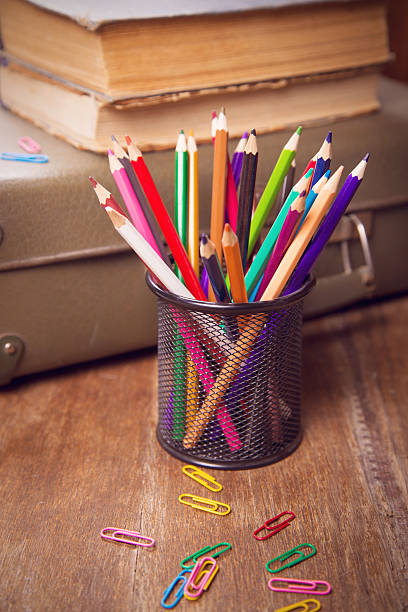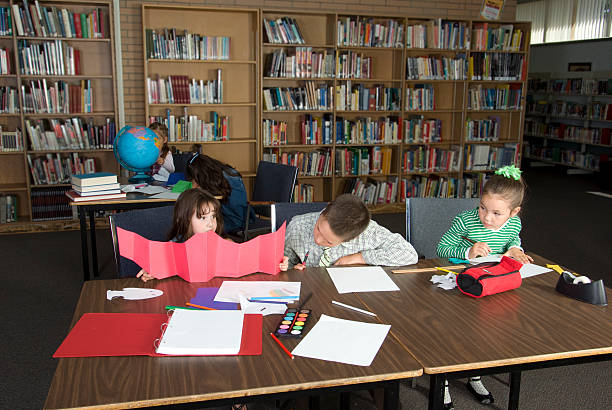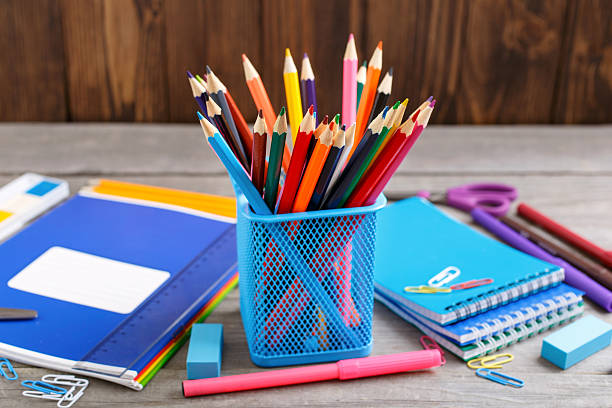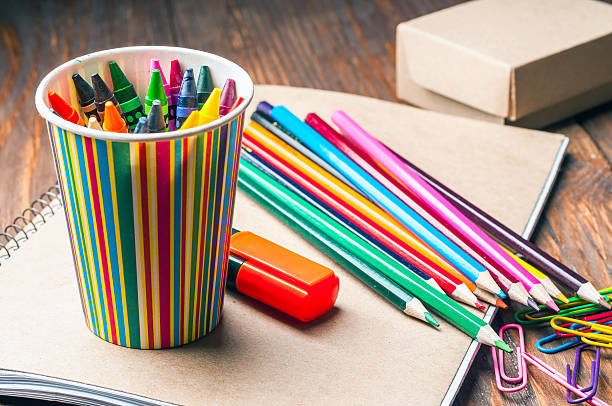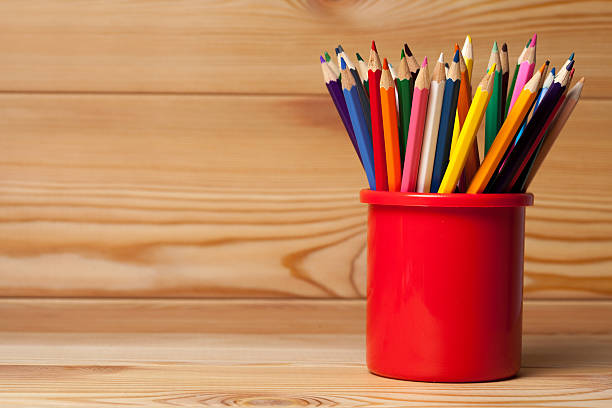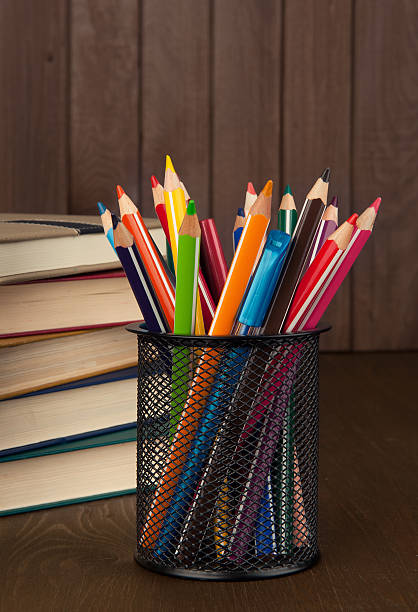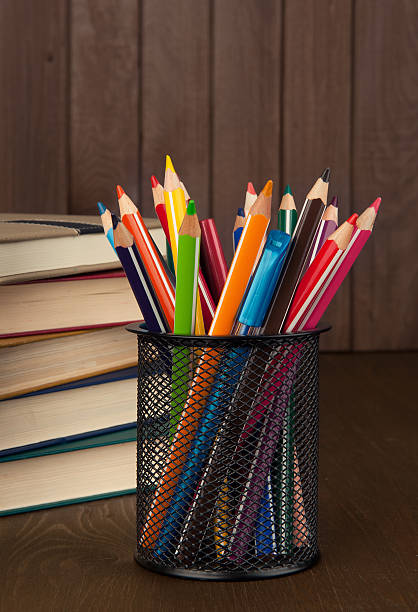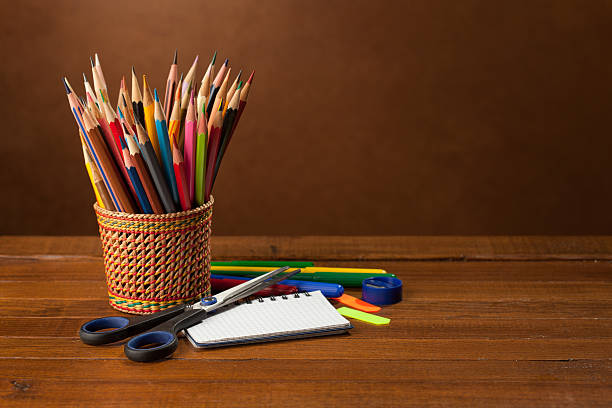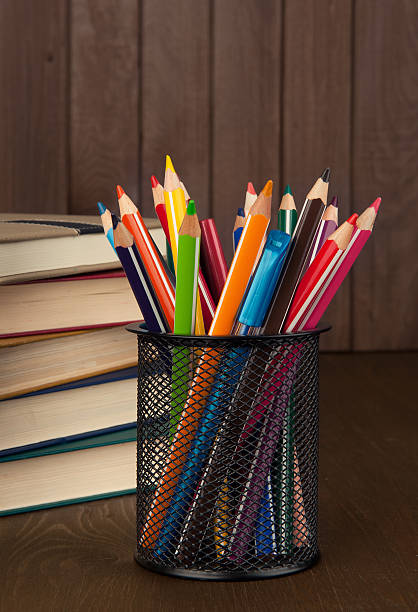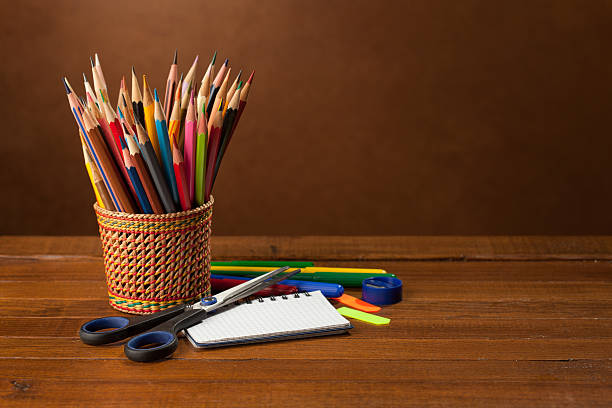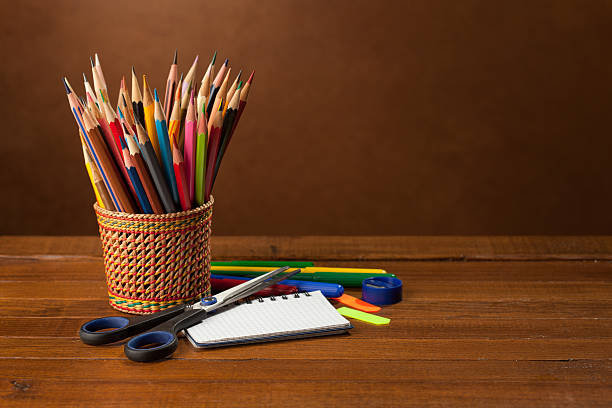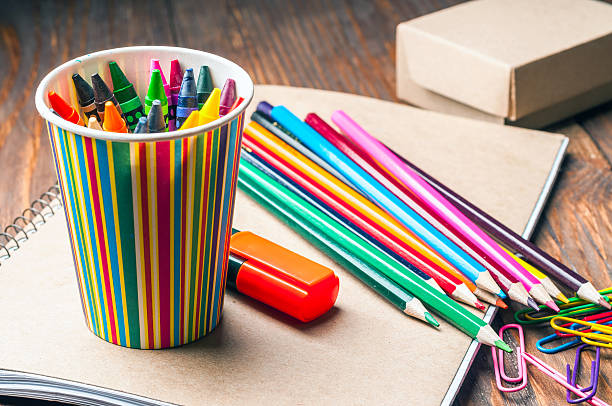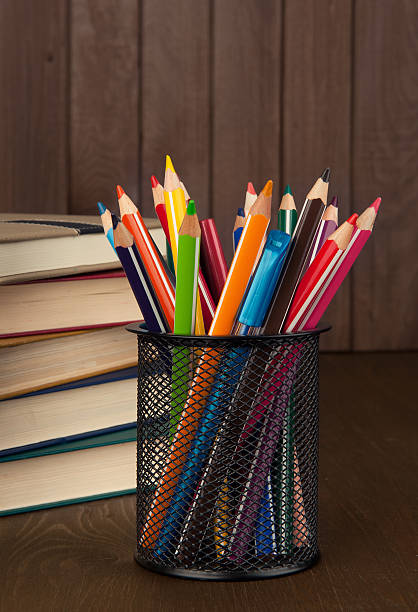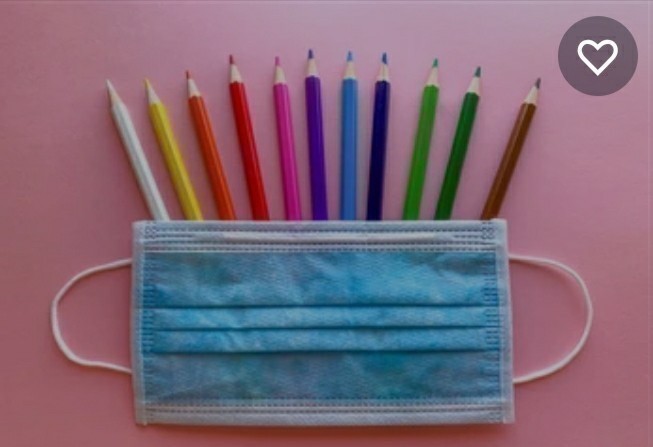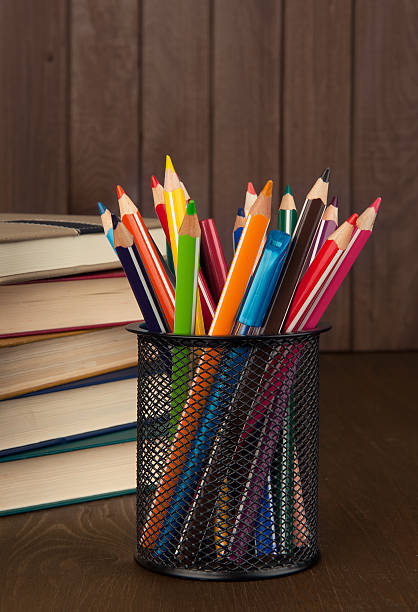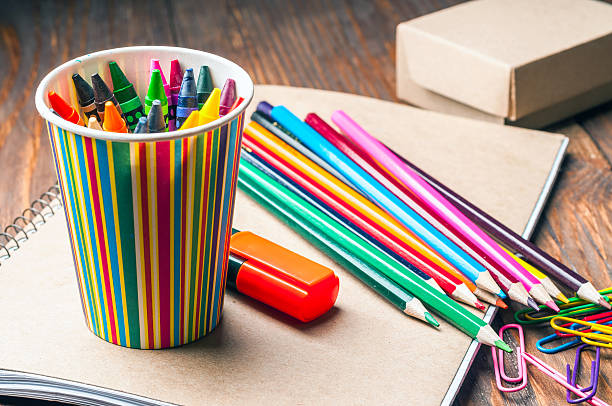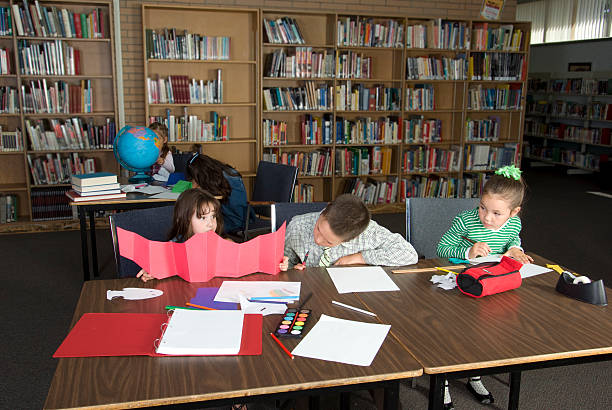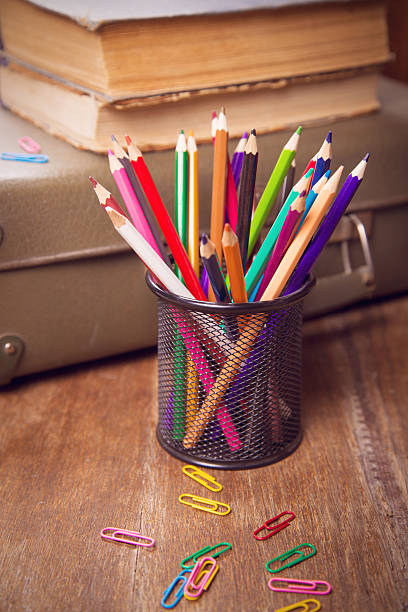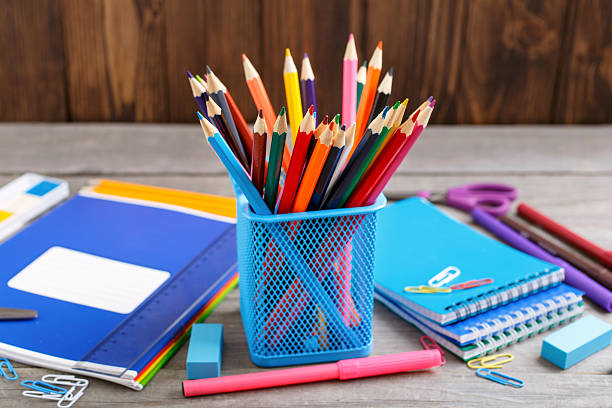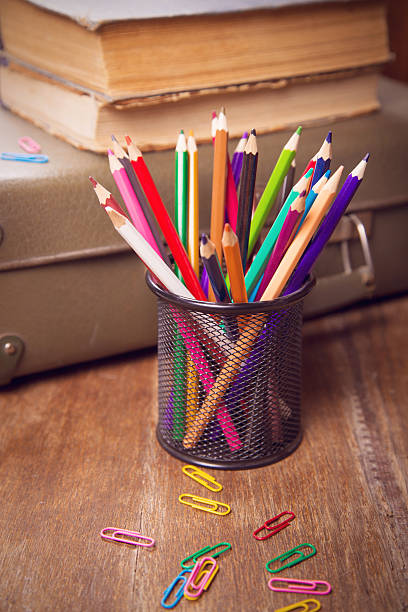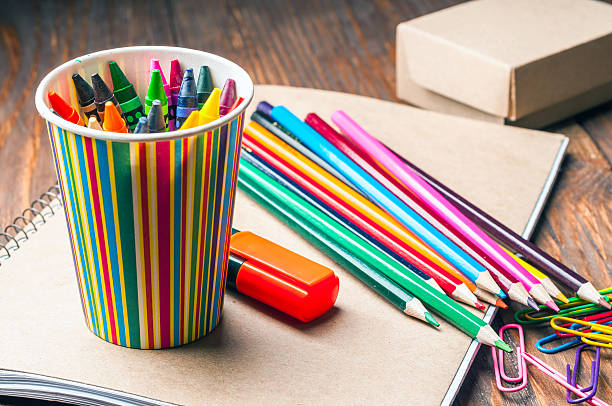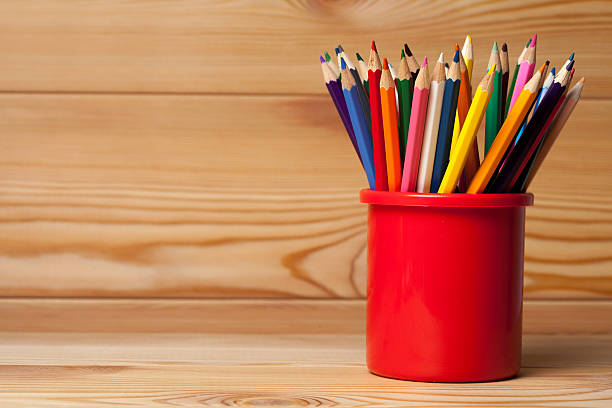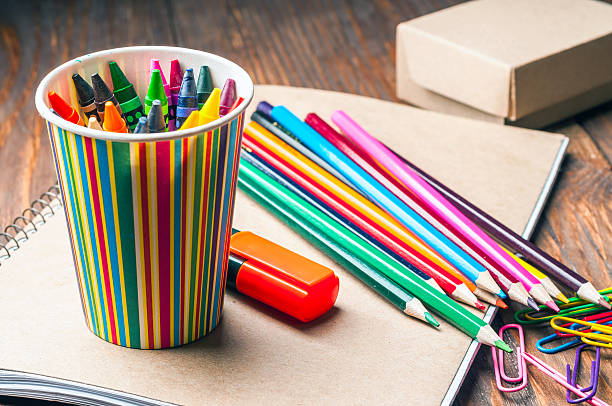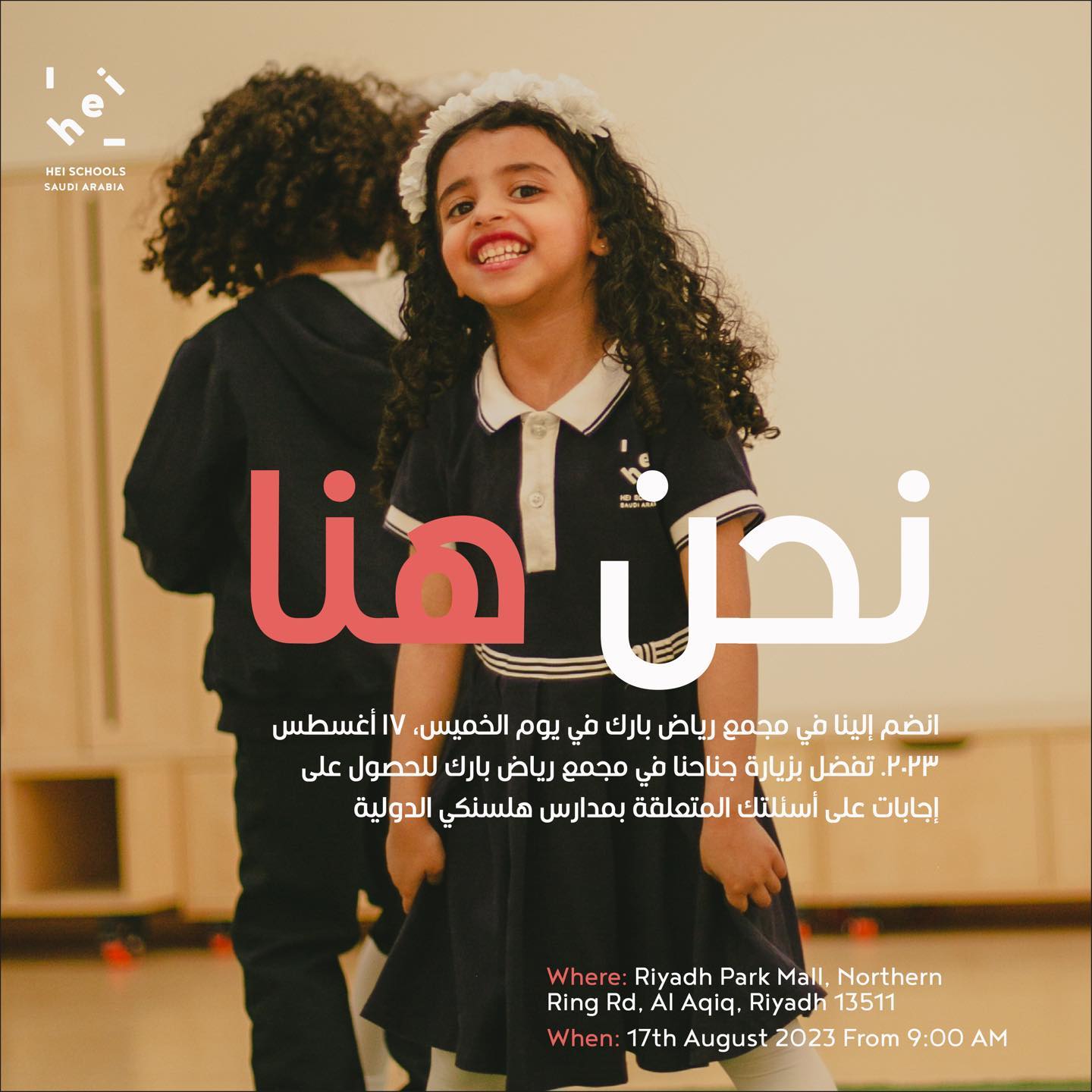Blog Detail Page
3 Great Ways to Memorize information for a Test
admin
Home Tutors

OXFORD TUTORS
Memorization Strategies
Many college courses require you to memorize mass amounts of information. Memorizing for one class can be difficult, but it can be even more frustrating when you have multiple classes. Many students feel like they simply do not have strong memory skills. Fortunately, though, memorizing is not just for an elite group of people born with the right skills—anyone can train and develop their memorizing abilities.
Competitive memorizes claim that practicing visualization techniques and using memory tricks enable them to remember large chunks of information quickly. Research shows that students who use memory tricks perform better than those who do not. Memory tricks help you expand your working memory and access long term memory. These techniques can also enable you to remember some concepts for years or even for life. Finally, memory tricks like these lead to understanding and higher order thinking. Keep reading for an introduction to effective memorization techniques that will help you in school.
Simple memory tips and tricks
In addition to visual and spatial memory techniques, there are many others tricks you can use to help your brain remember information. Here are some simple tips to try. Check out this video from the Learning Center for a quick explanation of many of these tips.
Try to understand the information first. Information that is organized and makes sense to you is easier to memorize. If you find that you don’t understand the material, spend some time on understanding it before trying to memorize it.
Link it. Connect the information you are trying to memorize to something that you already know. Material in isolation is more difficult to remember than material that is connected to other concepts. If you cannot think of a way to connect the information to something you already know, make up a crazy connection. For example, say you are trying to memorize the fact that water at sea level boils at 212 degrees Fahrenheit, and 212 happens to be the first three digits of your best friend’s phone number. Link these two by imagining throwing your phone into a boiling ocean. It’s a crazy link, but it can help that fact to stick.
Sleep on it. Studies show that your brain processes and stores information while you sleep. Try to review information just before you go to sleep—even if it’s only for a few minutes—and see if it helps embed the information in your memory.
Self-test. Quiz yourself every so often by actively recalling the information you are trying to study. Make sure to actively quiz yourself—do not simply reread notes or a textbook. Often, students think they remember material just because it is familiar to them when they reread it. Instead, ask yourself questions and force yourself to remember it without looking at the answer or material. This will enable you to identify areas that you are struggling with; you can then go back to one of the memory tricks to help yourself memorize it. Also, avoid quizzing yourself immediately after trying to memorize something. Wait a few hours, or even a day or two, to see if it has really stuck in your memory.
Use distributed practice. For a concept to move from your temporary working memory to your long-term memory, two things need to happen: the concept should be memorable and it should be repeated. Use repetition to firmly lodge information in your memory. Repetition techniques can involve things like flash cards, using the simple tips in this section, and self-testing. Space out your studying and repetition over several days, and start to increase the time in between each study session. Spacing it out and gradually extending the times in between can help us become more certain of mastery and lock the concepts into place.
Write it out. Writing appears to help us more deeply encode information that we’re trying to learn because there is a direct connection between our hand and our brain. Try writing your notes by hand during a lecture or rewriting and reorganizing notes or information by hand after a lecture. While you are writing out a concept you want to remember, try to say the information out loud and visualize the concept as well.
Create meaningful groups. A good strategy for memorizing is to create meaningful groups that simplify the material. For example, let’s say you wanted to remember the names of four plants—garlic, rose, hawthorn, and mustard. The first letters abbreviate to GRHM, so you can connect that with the image of a GRAHAM cracker. Now all you need to do is remember to picture a graham cracker, and the names of the plants will be easier to recall.
Use mnemonics. Mnemonics are systems and tricks that make information for memorable. One common type is when the first letter of each word in a sentence is also the first letter of each word in a list that needs to be memorized. For example, many children learned the order of operations in math by using the sentence Please Excuse My Dear Aunt Sally (parentheses, exponents, multiply, divide, add, subtract). Check out Wikipedia for a good list of examples and ideas.
Talk to yourself. It may seem strange at first, but talking to yourself about the material you are trying to memorize can be an effective memory tool. Try speaking aloud instead of simply highlighting or rereading information.
Exercise! Seriously! Studies show that exercise can improve our memory and learning capabilities because it helps create neurons in areas that relate to memory. Cardio and resistance training (weights) both have powerful effects, so do what works best for you.
Practice interleaving. Interleaving is the idea of mixing or alternating skills or concepts that you want to memorize. For example, spend some time memorizing vocabulary words for your science class and then immediately switch to studying historical dates and names for your history class. Follow that up with practicing a few math problems, and then jump back to the science definitions. This method may seem confusing at first, but yields better results in the end than simply spending long periods of time on the same concept. Check out this video for more explanation on interleaving and other similar strategies.
Visual and spatial techniques
Visual and spatial techniques are memory tricks that involve your five senses. They utilize images, songs, feelings, and our bodies to help information stick. Humans have outstanding visual and spatial memory systems. When you use visual and spatial memory techniques, you use fun, memorable, and creative approaches rather than boring, rote memorization. This makes it easier to see, feel, or hear the things you want to remember. Visual and spatial techniques also free up your working memory. When you group things together, you enhance your long-term memory. Using visual and spatial techniques helps your mind focus and pay attention when your mind would rather wander to something else. They help you make what you learn meaningful, memorable, and fun.
The common practice of using your knuckles to remember the number of days in each month is a great example of an easy visual spatial technique to help you remember details.
Memorable visual images. The next time you have a key item you need to remember, try making a memorable visual image to represent that item. Images are important because they connect directly to your brain’s visuospatial centers. Images help you remember difficult concepts by tapping into visual areas. But you don’t just have to use images—the more of the five senses you can use, the easier it will be for you to recall information. Rather than just visualizing an image, try to smell, feel, and hear the image as well. For example, if you are trying to remember that the capital of Louisiana is Baton Rouge, draw up an image of a girl named Louise carrying a red baton.
The memory palace technique. This technique involves visualizing a familiar place—like the layout of your house or dorm room—and using it as a visual space where you can deposit concept-images that you want to remember. This technique can help with remembering unrelated items, like a grocery list. To use the memory palace technique, visualize your place (house or dorm room) and then imagine items from your grocery list in different areas around the place. For example, picture a cracked egg dripping off the edge of the table or a bushel of apples sitting on the couch. This technique can take some time to get used to, but once you do, the quicker and more effective it becomes. This Ted Talk explains memory palaces more.
Songs and jingles. Much like the memory palace and images, songs or jingles use your brain’s right hemisphere and can help us remember tricky things like equations and lists. There are already plenty of songs out there for things like the quadratic formula—try Googling what you are trying to remember to see if someone has already created a tune. If not, try making your own.
The five senses. Using as many of the five senses as possible when studying helps you use more parts of your brain and retain information better. For example, if studying for an anatomy exam, pick up the anatomy models, feel each part, and say the names of them out loud.
Lively visual metaphors or analogies. This can help you to not only remember but understand concepts, especially in math and science. A metaphor is a way of realizing that one thing is somehow similar to another. For example, think about the country of Syria as shaped like a bowl of cereal and the country Jordan as a Nike Air Jordan sneaker. Metaphors—especially visual ones—can stick with you for years. They help glue ideas in your mind because they make connections to neural structures that are already there.

One of the biggest fears every student has as they enter the exam hall is that their mind will go blank and they will suddenly forget every last thing they know.
You should also read…
8 Ways to Study When You’re Losing Motivation
It’s the stuff of nightmares, but fortunately, it’s highly unlikely to happen. First of all, you’d be amazed what facts start to come flooding back to you once you pick up a pen and start answering a question. Second of all, there are lots of memory tricks you can use that will help you recall information in a more formal and structured way. In this article, we’re going to show you just how much you can do to commit facts and figures to memory ready to recall them in exams, and we hope that as well as boosting your confidence, this should also ward off those nasty pre-exam nightmares!
1. Get organised
Before we even get started on memory tricks, there’s something fundamental we need to begin with. If there’s one enemy of a good memory, it’s disorganisation. A cluttered working space with unfiled notes here, there and everywhere; a notepad filled with scrawl on numerous different subjects with no particular order; a poor computer filing system. All these spell disaster for your ability to recall facts in the exam room. So, start by getting yourself organised. Tidy your room, or whichever space you’re using for studying. Get your notes organised neatly into different subjects. Physically decluttering and bringing about order in your environment has the strange effect of doing the same to the mind (perhaps there is something in feng shui), making you far better able to cope with memorising and recalling facts.
2. Mind palaces
If you’re a fan of Sherlock you’re probably already familiar with the concept of a mind palace, but just in case you aren’t, let’s go over it again. Officially known as the ‘method of loci’, the memory palace can be used to memorise huge volumes of information, and best of all, because it’s all down to your imagination, you can constantly expand it. It works like this:

Mind palaces are used in the BBC series Sherlock. Still from Sherlock (BBC, 2010).
1. Visualise a building or road. Populate your mental image with details, such as what you see in each room or what’s on either side of the road.
2. Mentally connect an image of each of the features you see – such as a chair in your imagined house, or a tree by the side of your imagined road – with a manageable chunk of information (such as a chemical formula). Think about the two together in depth and make sure you’ve really learned the information and its associated image.
3. To recall the information in the exam, simply retrace your steps through the building or down the road and pick out the objects you’ve associated with the information.
4. When you want to add additional information to your memory bank, you can simply add another room to your imaginary building or take a turn off your imaginary road that will house this new information.
This must be a foolproof memory trick because it’s been in around since Greek and Roman times. The Roman orator Cicero, who needed to be able to recall large amounts of information from memory when giving speeches, described them in his treatise on oratory, De Ora tore. If it was good enough for him, it’s good enough for us!
4. Rhyming
Putting information into a rhyme is another way of making it easier to remember. An example is the rhyme that helps people remember how many days there are in each month:
30 days hath September, April, June, and November.
All the rest have 31
Except February my dear son.
It has 28 and that is fine
But in Leap Year it has 29.
This may prove a more effective way of memorising bigger chunks of information than the mnemonic examples we gave above. Your rhyme could be a little more modern-sounding to help you remember it, or you could use some tried and tested rhyming schemes such as rhyming couplets to help cement facts in your brain. Here’s a truly terrible example I just made up to help you memorise the order of the planets:

Alternatively, ‘My Very Eager Mother Just Served Us Nachos’.
Close to the Sun, hottest and between us
Are the burning fireballs of Mercury and Venus.
Next come homely Earth then Mars, then gas giants Jupiter and Saturn –
Are you starting to see a planetary pattern?
Icy Uranus and Neptune follow, and, bringing up the rear,
Humble Pluto – no longer a planet – sheds a tear.
As you can see from my embarrassing attempt, you don’t have to be an accomplished poet to do it!
5. Making the most of a photographic memory
If you’re lucky enough to possess a photographic memory, you can make the most of it by combining images with text to reinforce what you’ve learned. This makes it easier to recall the information, because all you have to do is bring to mind the image and you should be able to recall the information. Even if you don’t have a photographic memory, you can apply the same principle. Arrange your notes in a pictorial fashion, such as in a spider diagram (where you have the concept in the middle and arrows pointing out of it to different pieces of information). Then, when you need to recall a particular piece of information, the idea is that you remember whereabouts it was on the page and that jolts your memory of what it was about.
6. Setting facts and figures to music

The only problem with this strategy is that in several years’ time, the song you used will come on the radio and you’ll be belting out French verbs before you know it.
An extension of the rhyming idea is setting your notes to music. I don’t know about you, but I find it much easier to remember the lyrics to my favorite songs than I do to recall dry information such as the names and dates of the English monarchs or Roman emperors. If you’re struggling to commit a chain of information to memory, try putting a tune to it. Even a rap will do! Then all you need to do is remember the tune and the words should come flooding back. To make it easier to recall, you could try using a tune you already know – perhaps even a children’s nursery rhyme, if you can bear to associate a childhood favourite with your present exams! As long as you’re guaranteed to remember it, though, anything goes.
7. Experience things practically

‘Their name liveth for evermore’ the Gateway claims.
Was ever an immolation so belied
As these intolerably nameless names?’ – Siegfried Sassoon, ‘On Passing the New Menin Gate’
By ‘experience things practically’, we mean: don’t just learn from books. It can be very difficult to remember things if your only experience of them is reading them in a book. To take an extreme example, you couldn’t learn to ride a bike simply by reading about it; you need to learn by doing it. If what you’re learning about can be experienced in person, try to do so, because this is a much better way of learning and the information is far more likely to stick with you. For example, if you’re learning about a scientific experiment, try to do it in real life rather than simply reading about it in a textbook. That way, when it comes to the exam, you’ll have practical experience to draw on and you can recall what really happened when you undertook the experiment. Similarly, if you’re studying a piece of music in A-level music, try to play it on an instrument if you can – it will give you a far deeper appreciation of it. This trick can even apply to English literature; if you’re studying war poetry, for example, try visiting a war museum – or even what’s left of the trenches in northern France – and reciting the poem you’re studying in such an environment. It will give it much greater meaning, help you understand and appreciate it in the spirit and surroundings in which it was intended, and help you emotionally engage with what you’re learning – thus making it easier for you to recall information about it in the exam room.
8. Utilize your sense of smell
Your sense of smell can be a powerful memory aid, as you’ll know if you’ve ever experienced that odd sensation of smelling something for the first time in years and instantly being transported back to the moment you last smelt it. You could try using this to your advantage by dabbing your wrist with a particular perfume or aftershave each time you study material for a particular exam. Then, when that exam comes round, you put on the same perfume or aftershave and (theoretically) it should help transport you back to the time you were learning the information in the first place. You could try using different scents for different subjects, wearing the corresponding scent for the relevant exam.
9. Make up a story

Simon was a chemist’s son,
Simon is no more,
For what he thought was H2O,
Was H2SO4.
To help your brain absorb bigger chunks of information, another trick you could try is to break the information down and make up a story linking together each piece of information. It’s a little like the memory palace idea we discussed earlier in this article, but it plays with the imagination to a greater extent because the story you make up doesn’t have to be spatially limited in your mind. For example, if you need to memorise a complicated chemical formula, you could name the molecules with human names beginning with the same letter (Carol = Chlorine, for example) and make up a little story in which the actions of the characters mirror those of the molecules in the formula. This can be a remarkably effective method of learning trickier, drier information, as it helps to bring it to life a bit and gives it a more human touch that makes it easier to relate to.
10. Get a good night’s sleep

Getting a good night’s sleep is vital for the consolidation of long-term knowledge in your brain.
It may not sound like it, but one of the best things you can do to help you remember things is to get a good night’s sleep – not just the night before the exam, but every night. We’re not just saying that because getting the right amount of sleep will help you perform better, retain mental agility and ward off stress and tiredness. We’re saying it because it’s when you’re sleeping that your brain performs the vital task of converting facts from short-term memory into long-term memory. During the course of a good night’s sleep, your brain processes the information you’ve learnt during the day and stores it, meaning that you’re far more likely to be able to recall it than if you barely slept. So, get the recommended eight hours’ sleep each and every night. Sleep may feel like a luxury you can’t afford right now, but believe us, it’s one of the most important things you can do for exam success!
So there we have it: ten simple tricks and tips that will greatly help you to increase your capacity for learning all kinds of facts and figures, no matter how much you’ve struggled with them up to now. Rest assured that your brain is more than capable of housing the vast swathes of information you need to learn in order to pass your exams: you just have to make it easier for it to absorb more than usual during the busy exam period!
Related Blogs
Categories
-
Home Tutors
279
Recent Blgs

online tutoring Australia

home tuition in lahore

home tutors in Lahore
Tag Cloud
x2
tutor
tutoring
home tuition
home tutoring
tuition teacher
home tutors in lahore
home tutors in islamabad
home tutors in karachi
home tutors in rawalpindi
tutoring service
home tuition centre
maths home tutor
physics tutor
chemistry tutor
biology tutor
home tutor near me for class 1
home tutors near me
home tutors near my home
home tutors near my location








